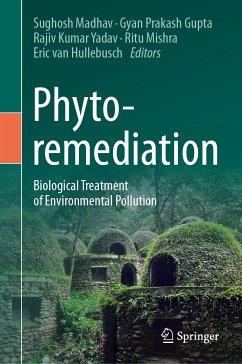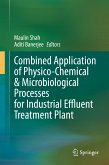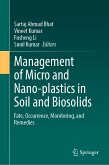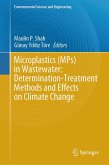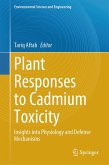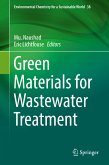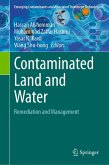This book covers the fundamentals, limitations, and challenges of phytoremediation in contaminated water, air, and soil due to rapid demographic and industrial development. This foundational knowledge is necessary to combat negative impacts on human and environmental health brought on by practices such as ore mining, gas emission, pesticide application, and municipal waste generation. The book explains the phytoremediation of organic and inorganic pollutants via different types of microbes, fungi, and various plant groups to improve the quality of contaminated systems, and discusses emerging advancements and technologies, such as nanotechnology, for reducing toxic pollution. The mechanisms of phytoremediation are a primary point of focus to understand the basics, and for readers to apply this knowledge in a variety of contexts where phytoremediation is a useful tool in improving the quality of polluted water, air, and soil. The book is mainly intended for researchers in the fields of botany, agriculture, biotechnology, and environmental engineering, but will also be of interest to policymakers, NGOs, and academics working on environmental management.
Dieser Download kann aus rechtlichen Gründen nur mit Rechnungsadresse in A, B, BG, CY, CZ, D, DK, EW, E, FIN, F, GR, HR, H, IRL, I, LT, L, LR, M, NL, PL, P, R, S, SLO, SK ausgeliefert werden.

